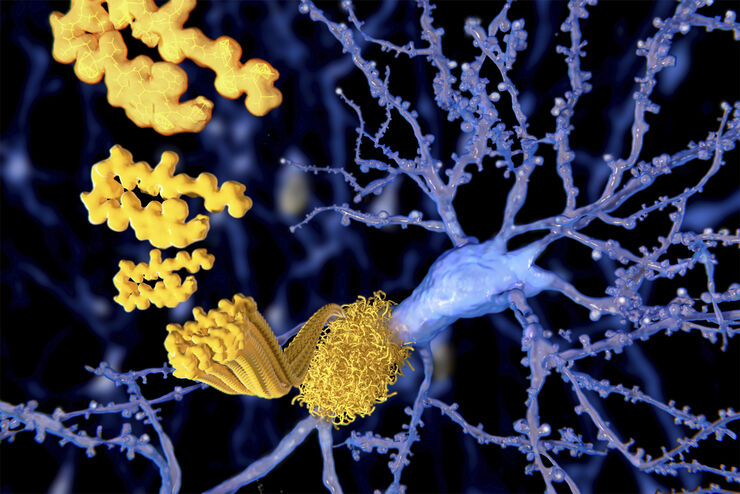Olga Davydenko , PhD

Olga Davydenko holds a Ph.D. in Biology from the University of Pennsylvania, in Philadelphia, PA, USA, where she specialized in cell division and embryology. She has been working at Leica Microsystems in various roles since 2016.
Alzheimer Plaques: fast Visualization in Thick Sections
More than 60% of all diagnosed cases of dementia are attributed to Alzheimer’s disease. Typical of this disease are histological alterations in the brain tissue. So far, there is no cure for this…

